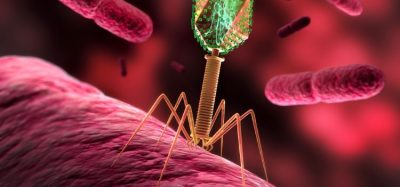Determining accurate estimation of true endotoxin concentration
Posted: 21 July 2023 | Catherine Eckford (European Pharmaceutical Review) | No comments yet
Research suggests that performing LAL gel clot tests and narrowing the dilution range can provide good estimation of endotoxin concentration in pharmaceuticals.


A semi-quantitative limulus amebocyte lysate (LAL) gel clot test with a narrow dilution range can be valuable for relatively accurate estimation of endotoxin in biopharmaceutical products, research shows.
The paper published in Vaccine Research demonstrated the compatibility and benefits of LAL gel clot tests in a semi-quantitative manner compared to the LAL chromogenic assay. The approach was applied using different samples in recombinant proteins during benchtop downstream processes.
LAL endotoxin tests provide sensitive and accurate results, according to the authors. These tests may be substituted by LAL gel clot tests with enough narrow dilution range as a semi-quantitative method. Yet, the accuracy and reliability of the assay can be affected by the dilution factor used.
While essential for determining the safety of pharmaceuticals, the bacterial endotoxin test (BET) is costly, the paper explained. Therefore, when the endotoxin concentration of a sample is more than the detection range of the quantitative assays, conducting LAL gel clot tests before a quantitative BET may provide a measure of the needed dilution factor, with a lower expense.
The authors stated it is possible to use qualitative LAL gel clot assay in a semi-quantitative mode by diluting the positive sample to obtain a narrower range of positive and negative endpoint results. Then, the endotoxin concentration of the sample can be roughly determined by multiplying the dilution rate and the test sensitivity.
What did the endotoxin research show?
Statistical analysis from the research demonstrated that performing duplicate LAL gel clot tests and consecutively narrowing the dilution range of the sample until at least a positive and a negative results were seen, provides good estimation of the endotoxin concentration.
According to Sepahi et al., the relative errors of these results were less than 12 percent, compared to accurate results of quantitative methods. However, conducting gel clot test at the wide dilution range for the inclusion body samples resulted in approximately 200 percent overestimation.
The authors reported that a more accurate result of endotoxin contamination of streptokinase inclusion body (SK – IB) was determined as 255938 EU/ml and even the absolute error was about 17923 EU/ml. This high error value was only seven percent of the correct result.
Overall, the findings indicated that a sufficiently narrow dilution range of a sample may result in a good approximation of true endotoxin concentration.









